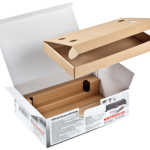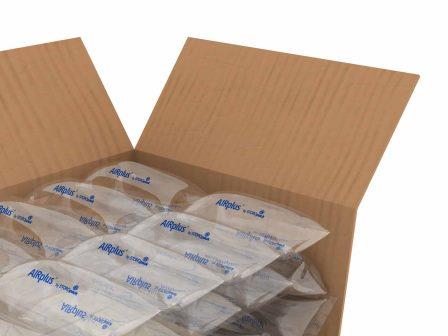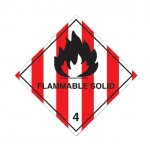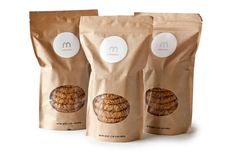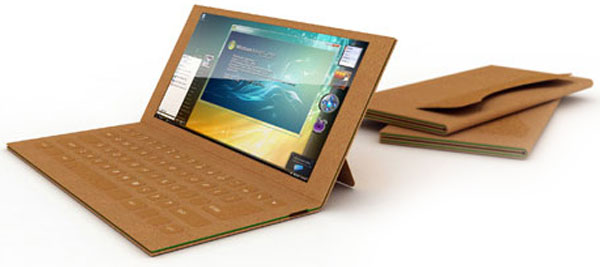Demand for printed electronics and e-packaging has started to heat up, as it does, this incipient technology could transform the world of consumer packaged goods products.
Worldwide demand for electronic smart packaging devices, increasingly known as “e-packaging,” would grow rapidly. This would include consumer packaged goods (CPG) products. Surely, e-packaging currently attracts premium pricing most of the time, so it is likely that the e-packaging revolution will add to the global packaging market rather than replace anything.
What’s So Special About E-Packaging?
e-packaging involves the printing of conductive circuits right on the packaging layer which includes increasing sales by better merchandising, improving the human interface by spoken or scrolling instructions, and providing valuable electronic rewards on or in the package. As the saying goes, “What we see we buy”, printed electronics on a package becomes more important these days.
Till date, most e-packaging beyond RFID and EAS has taken tis a form of primary packaging that makes the product more useful and attractive in the eyes of the consumer. This includes applications such as talking pizza boxes, winking logos on multipacks of biscuits and bottles of rum, testers on batteries, and reprogrammable decoration on mobile phones. But newer varieties are being explored by big brands.
A company named Vorbeck and MeadWestvaco (MWV) developed a new anti-theft retail package product. Called Siren™, is part of MWV’s Natralock™ product line. It was launched on store shelves at major retailers including Home Depot in early 2012. This unique design will prevent theft or tampering by setting off an alarm on an individual package if it is cut or torn or upon attempted theft. This new packaging solution allows consumers to interact with the package and see the branding and other messaging that is important for the brand owners to relay while keeping would-be thieves from stealing the product.
Biaxially Oriented Polypropylene (BOPP) label substrates. These are the first prototypes are interactive bottle labels that activate a sequence of flashing lights when the bottle is held. In the future, many forms of electronic smart packaging would involve complex functions. Examples may be packages that project images or vibrate to dispense powders in a quantity programmed by the user and packages that suck down reusable electronic shrink wrap to preserve food.
RFID provides with brand enhancement which is recognisable to the consumer, and this will revolutionize in new ways in future such as the self adjusting use-by date that monitors the time temperature profile of produce.
Currently the supply chain for e-packaging and its key enabling technology, printed electronics, is of new technologies. Also, applications of electronics to packaging have been engineering-led in the main and lacking in imagination, a better recorder or talking label, for example, as opposed to a radically new concept.
The leaders making these new devices or their materials will have established exactly what is wanted and what is possible. Based on this detailed knowledge and inspired creative design. Across the whole of industry, from toys to medical products, users and legislators require more and more information on products and packaging, and they require it to be much easier to assimilate.
Many of them have difficulty reading instructions, and the greying of the population is making matters worse. There is an unfulfilled need for easily accessed, easily understood instructions, and comprehensive information on hundreds of billions of products manufactured every year. Brands need to be much more distinctive and appealing, for example revealing a moving colour picture, aroma, or localised sound when you walk near.

